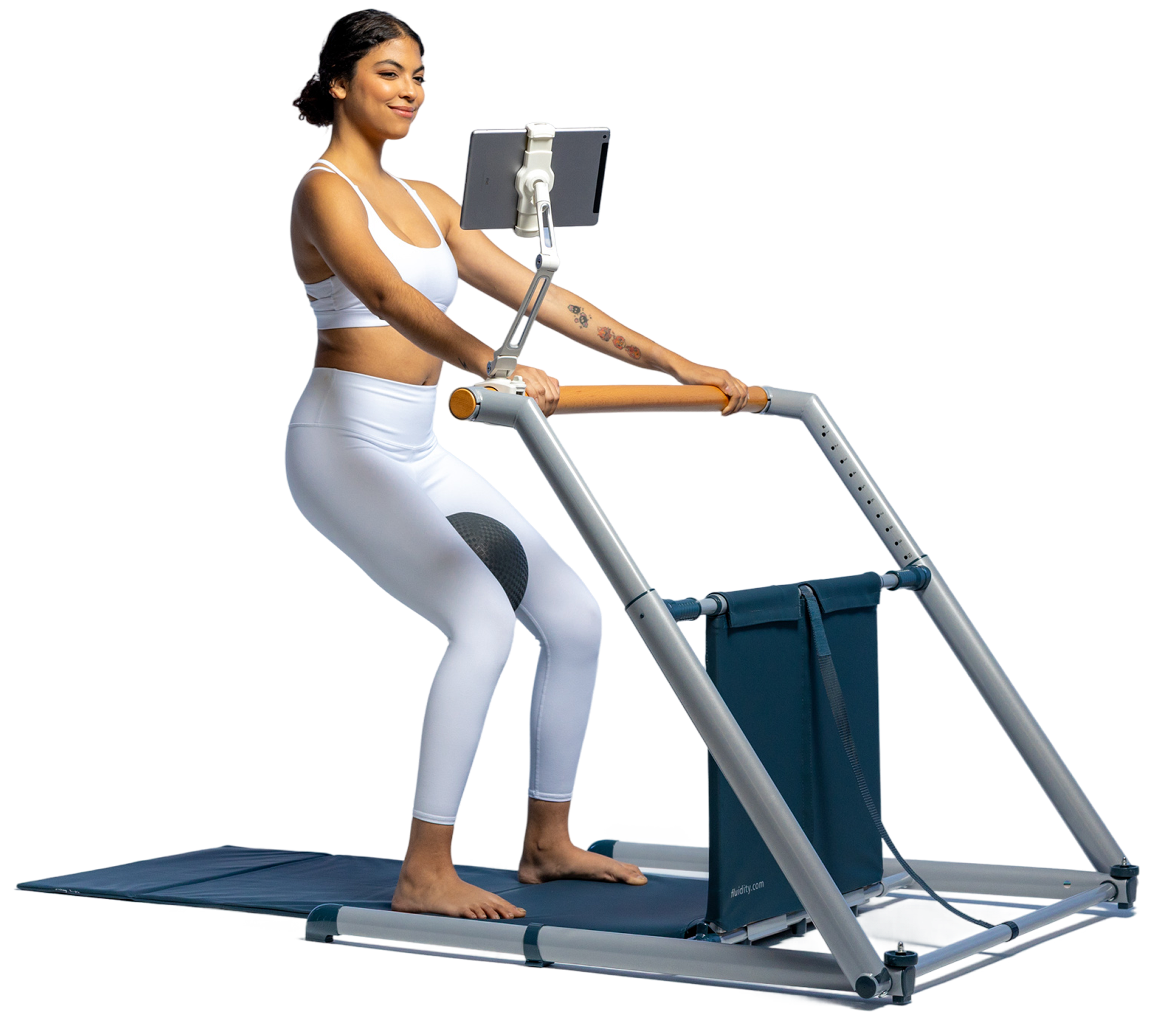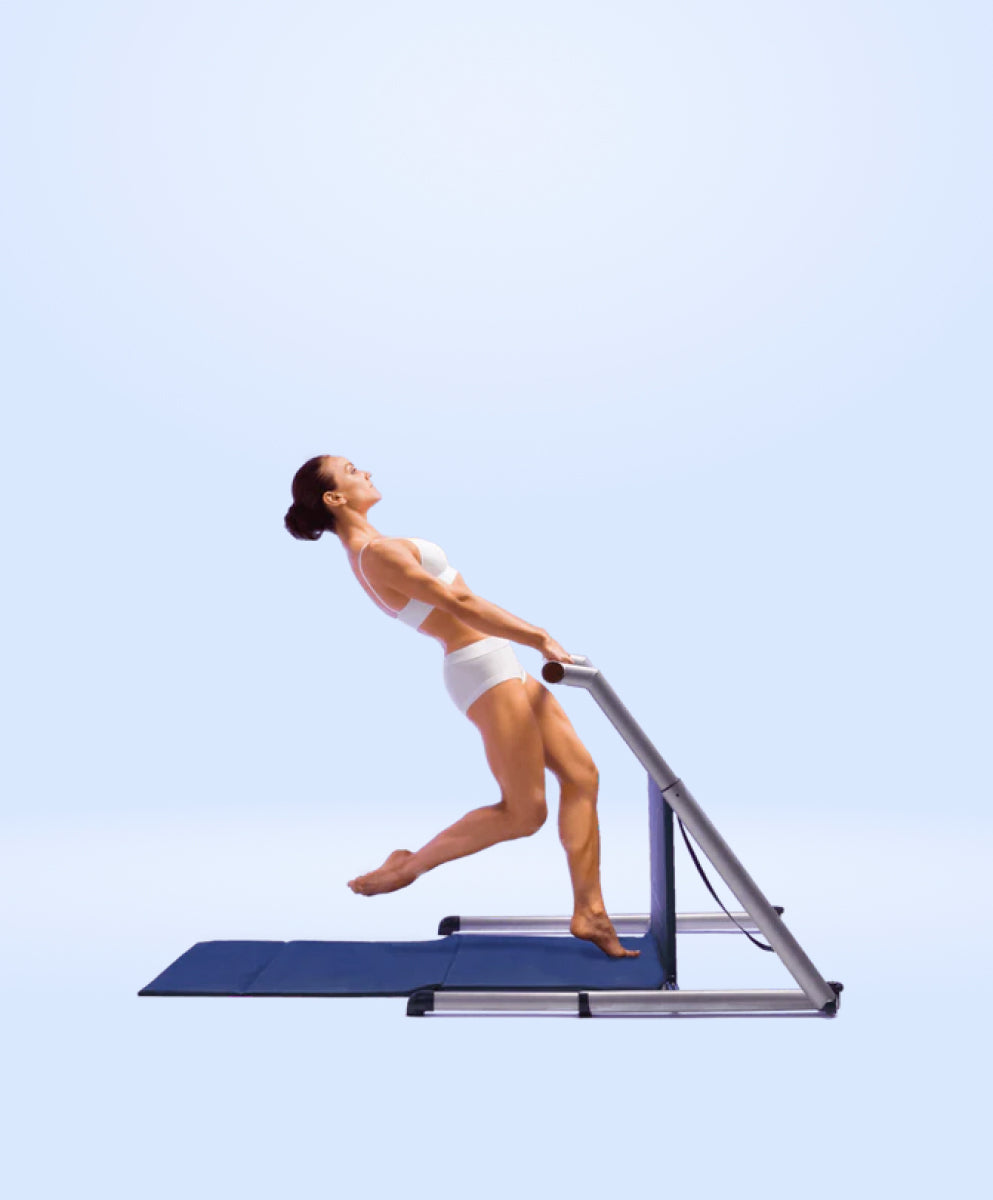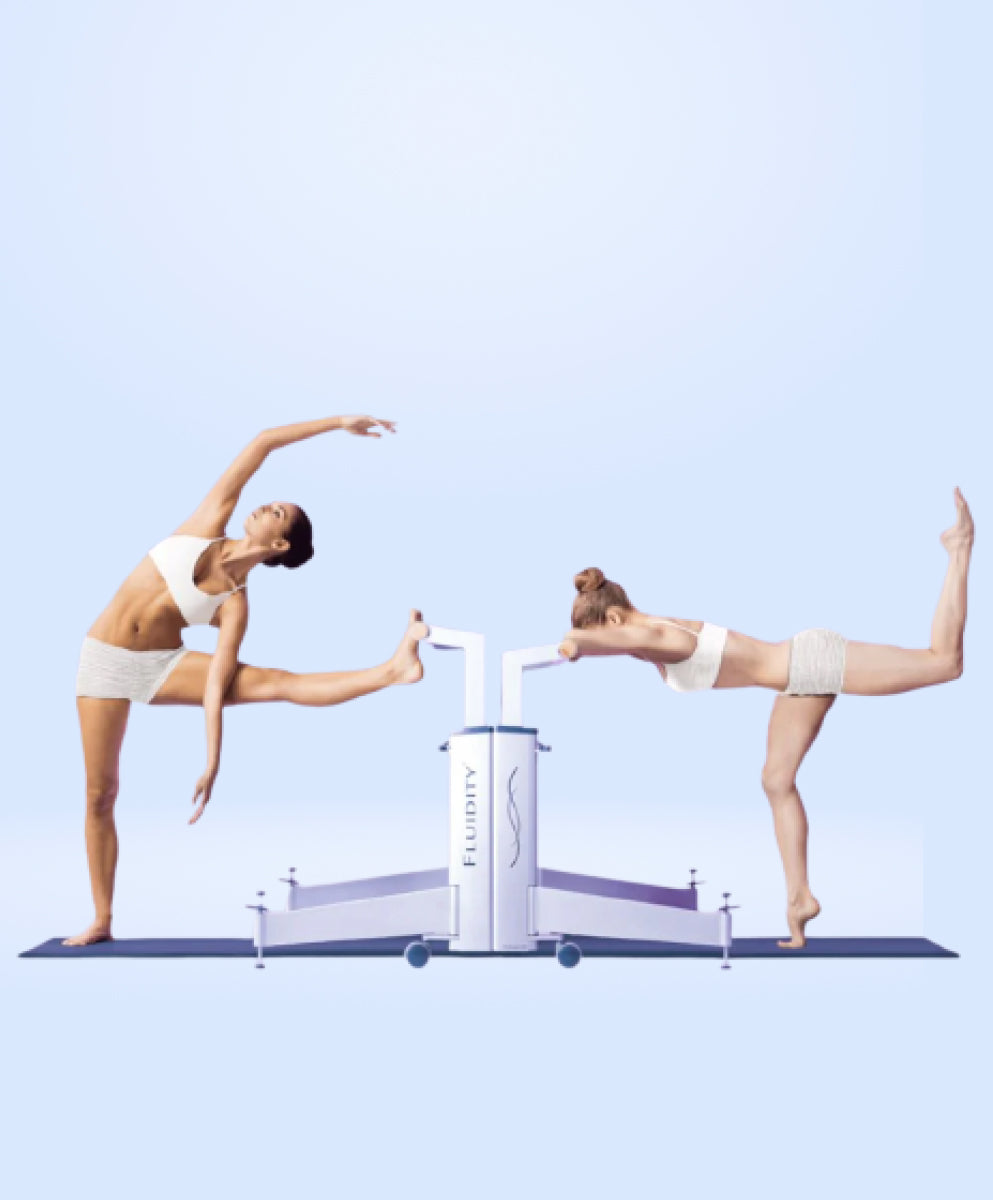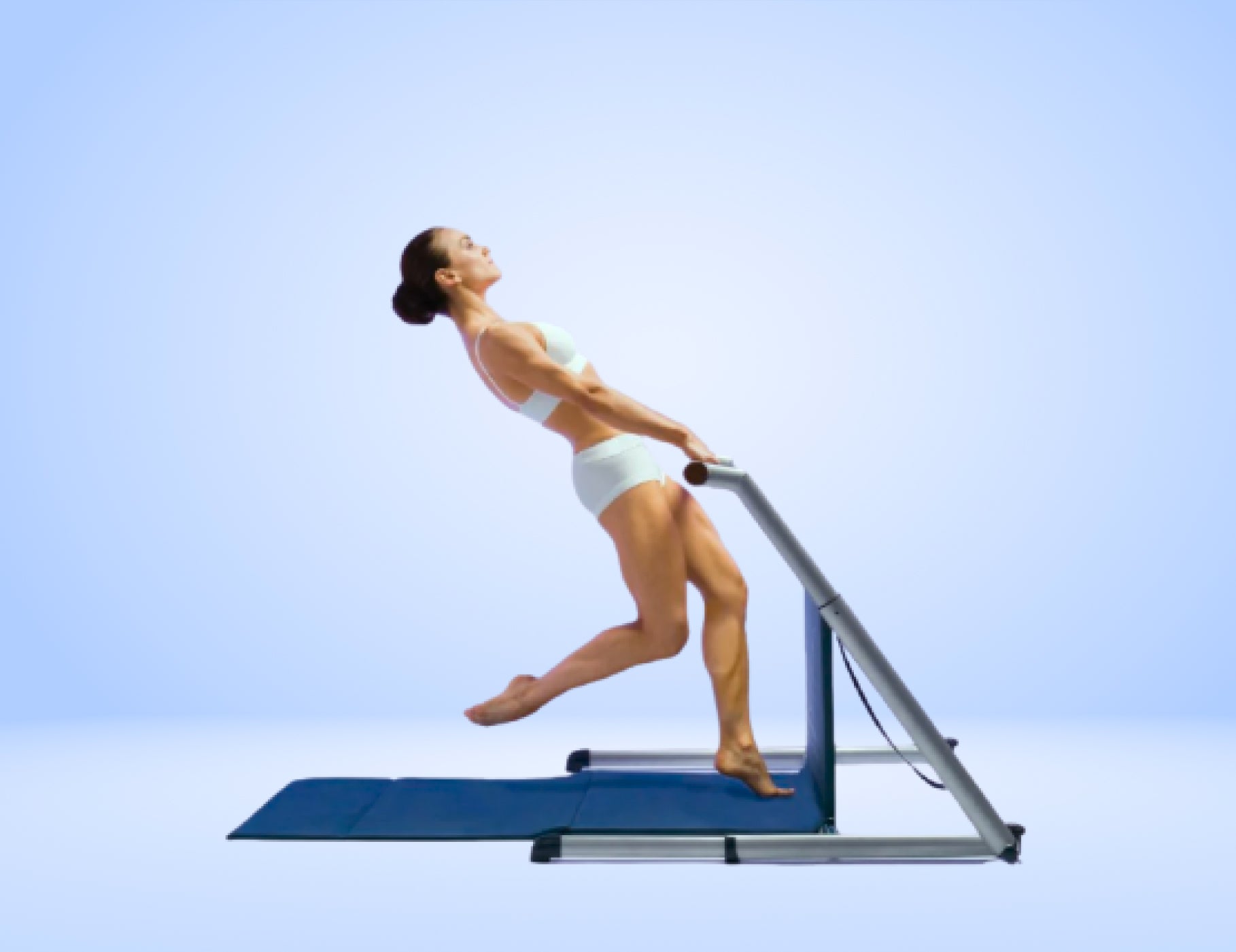How Fluidity Rx helps with lower back pain
Explore Fluidity Rx- Fluidity Rx efficiently and effectively helps with Lower Back Pain by activating the inner core muscles in the optimal posture of neutral position. Training the body in the neutral position is the most effective way to re-activate or “turn on” the key muscles of the inner core and promote self-correction and healing.
- Fluidity Rx moves the spine and total body in all planes of movement to promote full range of motion and flexibility while building power (strength), endurance, and control. Fluidity Rx training leads to muscle healing and hypertrophy (thickening) for optimal spinal and core functioning.
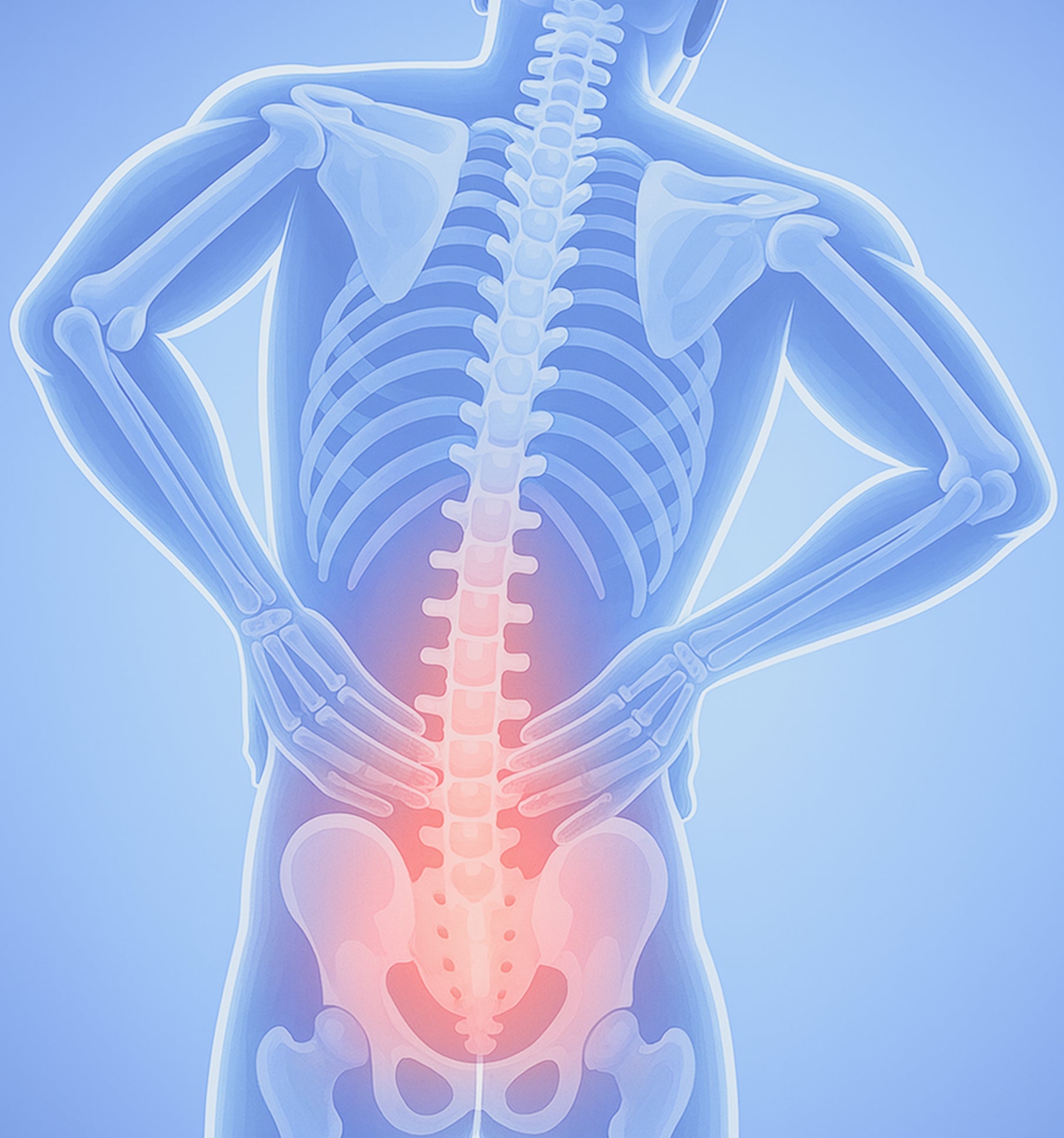
Lower Back Pain Dysfunctions Supported By Fluidity Rx
- Low core muscle strength
- Sciatica (pain that runs down the back of the thigh—not just buttock pain)
- Herniated discs
- Spinal stenosis
- Avoid / prevent back surgery
- Laminectomy.
- Discectomy.
- Spinal fusion.
- Recovery from back surgery.
How Pelvic Tilts Lead to Lower Back Pain
Misaligned pelvic tilts disrupt pelvic floor and spinal muscle balance, exacerbating lower back pain by altering muscle lengths and increasing strain. This imbalance can lead to joint instability, muscular compensation, and chronic tension—especially in the lower back and sacroiliac region—resulting in pain, limited mobility, and postural fatigue.
1
2
3
4
Fluidity Rx Trains Users into a Neutral Pelvis
The lumbar spine maintains natural curvature, reducing strain and therefore pain while enhancing load transfer, while the pelvic floor engages reflexively and symmetrically, supporting continence, organ stability, and core integration.
Your Core The Inner Unit
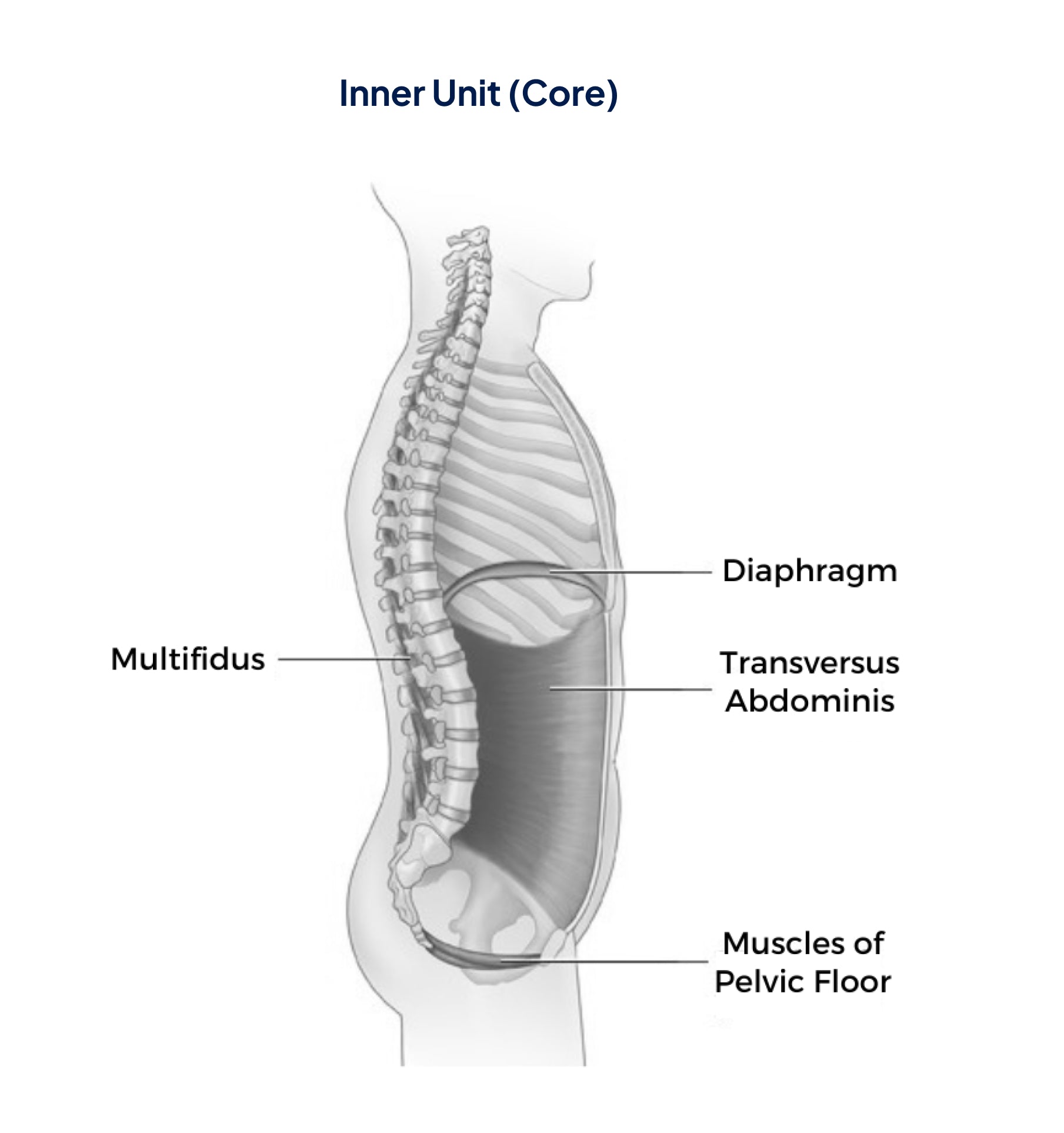
The Inner Unit automatically activates to:
- Control intra-abdominal pressure (the pressure in the abdomen between the lungs and the pelvic floor)
- Stabilize the spine and pelvis before you move your arms and/or legs during movement
When intra-abdominal pressure (IAP) is functioning optimally, It
- Helps Stabilizes the Spine and Core
- Coordinates Breathing and Movement
- Enhances Strength and Ensures Coordinated Force Distribution from the Torso to the Limbs.
- Supports Pelvic Floor and Organ Function.
- Promotes Postural Alignment

“Fluidity Rx provides the optimal method for not only pelvic floor muscle training but also to incorporate the pelvic floor muscles functionally into optimal movement patterns. Fluidity Rx training maximizes a person’s ability to modulate intra-abdominal pressure by the precise training of co-contraction of the pelvic floor with the abdominal, spine, and diaphragm muscles for inner core muscle strength.”
Dr. Cindy Neville
PT, DPT, WCS
Women with Stress Urinary Incontinence are 17 times more likely to heal if they strengthen their pelvic-floor muscles [1]
Women with Stress Urinary Incontinence are 17 times more likely to heal if they strengthen their pelvic-floor muscles [1]
